Home>Home Maintenance>Who Pays For Repairs After Home Repairs
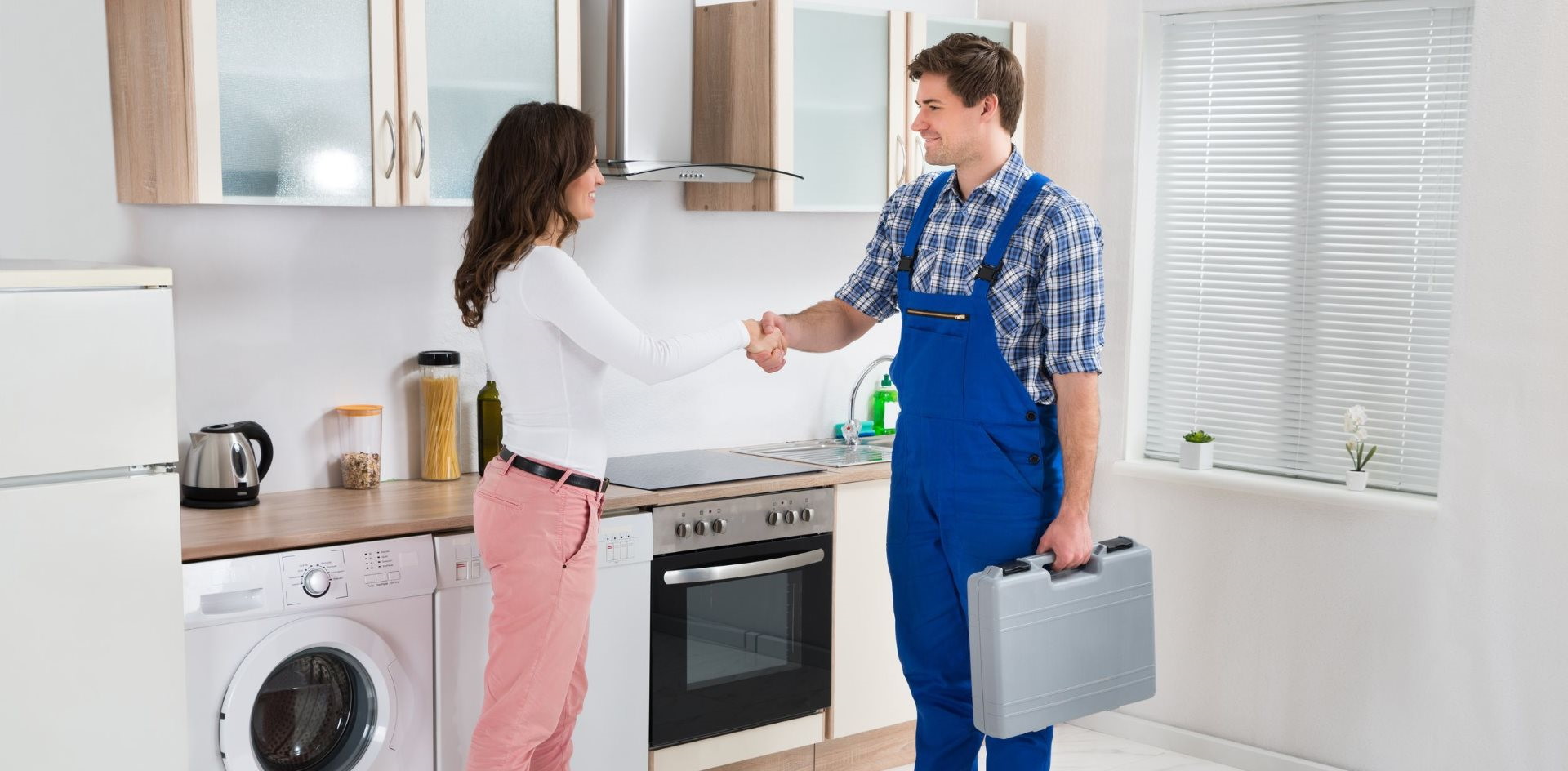

Home Maintenance
Who Pays For Repairs After Home Repairs
Modified: March 21, 2024
Home-maintenance: Discover who is responsible for paying for repairs after home maintenance, and get helpful tips for navigating this common concern.
(Many of the links in this article redirect to a specific reviewed product. Your purchase of these products through affiliate links helps to generate commission for Storables.com, at no extra cost. Learn more)
Introduction
Homeownership comes with its fair share of responsibilities, including the occasional need for home repairs. From leaky roofs to malfunctioning appliances, there are countless issues that can arise in a home, requiring immediate attention. However, one common question that homeowners often have is, “Who pays for repairs after home repairs?”.
In this article, we will explore the various factors that determine responsibility for home repairs. We will delve into the role of homeowner’s insurance, contractual agreements, and other key considerations that homeowners should be aware of. By understanding these factors, homeowners can navigate the process of resolving repair issues and ensure that the financial burden is appropriately allocated.
So, let’s dive into the world of home repairs and shed some light on who should foot the bill.
Key Takeaways:
- Home repairs are a part of homeownership, and responsibility for covering the costs depends on factors like insurance coverage, warranties, and contractual agreements. Understanding these factors helps homeowners manage repair expenses effectively.
- Homeowners have options to cover repair costs, including homeowner’s insurance, home warranties, and various financing options like personal loans and contractor financing. Reviewing policy details and evaluating financial situations can help homeowners make informed decisions.
Home Repairs: A Common Need
Home repairs are an inevitable part of homeownership. Regardless of the age or condition of a home, wear and tear is bound to occur over time. From minor fixes like replacing a light switch to major renovations like remodeling a kitchen, there is a wide range of repair needs that homeowners may encounter.
Common home repairs can include fixing plumbing issues, repairing electrical systems, addressing problems with heating or cooling systems, dealing with roof leaks, or repairing damaged walls or flooring. These repairs are essential not only for maintaining the functionality of a home but also for ensuring the safety and comfort of its occupants.
It’s important for homeowners to be vigilant and proactive in addressing repair needs. Ignoring small issues can lead to more significant and costly problems in the future. Regular maintenance and timely repairs can help prevent further damage and extend the lifespan of various home components.
While it’s ideal to have a well-maintained home with minimal repair needs, it’s essential to understand that home repairs are a part of homeownership that cannot always be avoided. Therefore, it’s crucial to be prepared for potential repair costs and understand who bears the responsibility for covering those expenses.
Understanding Responsibility for Repairs
When it comes to determining responsibility for home repairs, several factors come into play. It is essential to consider the nature of the repair, the cause of the issue, and the terms outlined in any contractual agreements.
One primary factor in determining responsibility is whether the repair is a result of normal wear and tear or if it is a result of negligence or accident. Normal wear and tear refers to the gradual deterioration of a home component due to regular use and aging. In these cases, the responsibility for repairs typically falls on the homeowner.
On the other hand, if the repair is a result of negligence or accident, the responsibility may shift to another party. For example, if a contractor improperly installs a plumbing system, resulting in water damage, the contractor may be liable for the cost of repairs.
Homeowner’s insurance also plays a significant role in determining responsibility for repairs. Homeowner’s insurance policies typically provide coverage for sudden and accidental damages, such as fire, theft, or severe weather events. If a repair is necessary due to a covered event, the homeowner’s insurance policy may cover the cost of repairs.
However, it is important to note that insurance policies do not cover all types of repairs. It is crucial for homeowners to review their insurance policies to understand what is covered and what is not. Additionally, insurance claims may have deductibles or coverage limits that homeowners should be aware of when filing a claim for repairs.
Lastly, the terms outlined in any contractual agreements can impact responsibility for repairs. For example, if a homeowner hires a contractor to remodel their kitchen and there is an agreement that the contractor is responsible for any damage that occurs during the remodeling process, then the contractor would bear the responsibility for any necessary repairs.
In summary, understanding responsibility for repairs involves considering factors such as the nature of the repair, the cause of the issue, homeowner’s insurance coverage, and contractual agreements. By understanding these factors, homeowners can determine who is responsible for covering the costs associated with home repairs.
Homeowner’s Insurance Coverage
When it comes to home repairs, homeowner’s insurance can be a saving grace for homeowners. Homeowner’s insurance policies typically provide coverage for a wide range of perils and damages that can occur to a home.
Homeowner’s insurance coverage can vary depending on the policy and the insurance provider. However, most standard policies provide coverage for damages caused by fire, theft, vandalism, lightning, hail, windstorms, and certain types of water damage. These damages can include structural damage as well as damage to personal belongings inside the home.
If a repair is necessary due to a covered peril, homeowners can file a claim with their insurance provider to cover the cost of repairs. The insurance company will typically send out an adjuster to assess the damage and determine the appropriate coverage amount. Once approved, the homeowner can work with a contractor to complete the repairs.
It is important for homeowners to review their homeowner’s insurance policy carefully to understand the specific coverages and exclusions. Some policies may have specific limitations or exclusions for certain types of repairs or damages. For example, flood damage is typically not covered under standard homeowner’s insurance policies and requires separate flood insurance.
It’s also worth noting that homeowner’s insurance policies typically have deductibles. A deductible is the amount that the homeowner is responsible for paying out-of-pocket before the insurance coverage kicks in. The deductible can vary depending on the policy and is typically stated in the insurance policy documents.
Keep in mind that homeowner’s insurance may not cover all types of repairs. Repairs that are considered to be a result of normal wear and tear or lack of maintenance may not be covered. It’s important for homeowners to maintain their homes properly to avoid potential coverage gaps and ensure that repairs are covered when needed.
In summary, homeowner’s insurance can provide valuable coverage for home repairs caused by covered perils. Homeowners should carefully review their insurance policies to understand the specific coverages and limitations. By having adequate homeowner’s insurance coverage, homeowners can have peace of mind knowing that their repairs may be covered by their insurance provider.
Determining Liability for Repairs
When it comes to determining liability for home repairs, several factors come into play. It’s essential to consider who caused the damage, the presence of any warranties or guarantees, and any contractual agreements that are in place.
If the damage is a result of normal wear and tear or homeowner negligence, the responsibility typically falls on the homeowner. This includes situations where the homeowner failed to properly maintain or care for their home, leading to the need for repairs.
However, if the damage is a result of a defect in materials or workmanship, the liability may lie with the manufacturer or the contractor who performed the work. In such cases, the homeowner may be able to seek recourse through warranties or guarantees provided by the manufacturer or contractor.
If there is a warranty or guarantee in place, homeowners should review the terms and conditions outlined in the agreement to determine the appropriate course of action for repairs. It is important to document any issues and consult with the warranty provider or contractor to discuss potential repair options.
Additionally, if homeowners have entered into a contractual agreement with a contractor or service provider, the terms of the contract may dictate liability for repairs. The contract should clearly outline the responsibilities of both parties in the event of repairs or damages. It’s crucial for homeowners to keep a copy of the contract and review it thoroughly to understand the rights and obligations of each party.
In some cases, determining liability for repairs may require legal intervention. If there is a dispute regarding responsibility, homeowners may need to seek advice from a lawyer or mediator to resolve the issue and determine the appropriate party to cover the cost of repairs.
In summary, determining liability for repairs involves considering factors such as the cause of the damage, warranties or guarantees in place, and the terms of any contractual agreements. It is important for homeowners to understand their rights and responsibilities and seek appropriate legal advice if necessary.
It depends on the specific situation and the terms of the home warranty or insurance policy. Generally, homeowners are responsible for routine maintenance and minor repairs, while major structural issues may be covered by insurance or warranty. Always review your policy and consult with a professional for guidance.
Read more: Who Pays For The Home Inspection
Contractual Agreements and Repair Costs
Contractual agreements play a crucial role in determining liability for repair costs in a home. When homeowners hire contractors or service providers for home repairs or renovations, it is vital to have a clear and detailed contract in place to outline the responsibilities of both parties.
A well-drafted contract should specify the scope of work, the timeline for completion, and the agreed-upon cost. It should also address how any necessary repairs will be handled, including who will be responsible for covering the cost.
If repairs are needed due to faults or errors on the part of the contractor or service provider, the contract should outline their liability for those repairs. This may include provisions for warranties or guarantees that protect the homeowner in case of faulty workmanship or defective materials.
On the other hand, if repairs are required due to circumstances beyond the control of either party, such as natural disasters or unforeseen issues discovered during the project, the contract should address how these repairs will be handled. This may involve negotiating additional costs or invoking insurance coverage if applicable.
It is crucial for homeowners to thoroughly review the contract and ensure they understand their rights and obligations. Seeking legal advice or consulting with a reputable contractor can help homeowners ensure that the contract is fair and protects their interests.
In some cases, homeowners may encounter situations where the repair costs exceed what was initially anticipated or agreed upon in the contract. This can happen if unforeseen issues arise during the repair process or if there are additional repairs that become necessary. In such cases, homeowners should communicate with the contractor and discuss the best way to address the increased costs.
Homeowners may need to negotiate with the contractor or seek additional funding options to cover the extra repair expenses. This can include revising the contract to reflect the new costs or exploring financing options such as personal loans or home equity lines of credit.
Ultimately, the contractual agreement serves as a critical tool for establishing the responsibilities and liabilities of both homeowners and contractors when it comes to repair costs. By having a well-defined and comprehensive contract in place, homeowners can better navigate the repair process and ensure that both parties are accountable for their respective obligations.
Home Warranty Options
Home warranties can provide homeowners with an added layer of protection and financial peace of mind when it comes to home repairs. A home warranty is a service contract that covers the repair or replacement of major household systems and appliances.
Unlike homeowner’s insurance, which typically covers unexpected perils or damages, a home warranty specifically focuses on the repair or replacement of mechanical systems and appliances that may experience wear and tear over time. These can include HVAC (heating, ventilation, and air conditioning) systems, electrical systems, plumbing systems, kitchen appliances, and more.
Home warranties are typically purchased for a specified term, often one year, and can be renewed annually. The cost of a home warranty can vary based on factors such as the level of coverage desired and the age of the home.
When a covered system or appliance breaks down, homeowners can contact the home warranty provider, who will then dispatch a qualified technician to assess the issue. If the problem is determined to be covered under the warranty, the technician will repair or replace the system or appliance at no additional cost to the homeowner, aside from any applicable service fees or deductibles.
One of the significant advantages of a home warranty is that it can help homeowners budget for unexpected repair costs. Rather than dealing with the financial burden of repairing or replacing a major system or appliance, homeowners can rely on the coverage provided by the home warranty.
It is important to note that home warranties do have limitations and exclusions. Not all repairs or damages may be covered under the warranty, and there may be certain criteria that need to be met for a claim to be approved. Homeowners should carefully review the terms and conditions of the home warranty policy to understand what is covered and what is not.
If homeowners are considering purchasing a home warranty, it is recommended to research different providers and compare coverage options. Reading reviews and consulting with professionals in the industry can help homeowners make an informed decision about which home warranty provider and coverage level is best suited for their needs.
In summary, home warranties can provide homeowners with financial protection and peace of mind when it comes to home repairs. By covering the repair or replacement costs of major systems and appliances, home warranties help homeowners manage unexpected repair expenses and ensure the functionality of their homes.
Financing Options for Home Repairs
Home repairs can often come with a hefty price tag, especially for major repairs or renovations. Fortunately, there are several financing options available for homeowners to help cover the costs of these repairs.
1. Personal Loans: Personal loans are a common financing option for home repairs. These loans are typically unsecured, meaning they do not require collateral. Homeowners can use the loan funds to cover the repair costs and repay the loan over a set period of time with interest. Personal loans are often obtained through banks, credit unions, or online lenders.
2. Home Equity Loans or Lines of Credit: Homeowners who have built up equity in their homes may consider using a home equity loan or a home equity line of credit (HELOC) to fund their repairs. With a home equity loan, homeowners receive a lump sum of money based on the equity in their home and repay it in installments. With a HELOC, homeowners have access to a line of credit that they can draw from as needed. Both options use the home as collateral, and interest rates may be lower than those of personal loans.
3. Credit Cards: Credit cards can be a convenient way to finance smaller home repairs. However, it’s important to use them responsibly and be mindful of high interest rates. If using a credit card, homeowners should aim to pay off the balance as quickly as possible to avoid accumulating excessive interest charges.
4. Government or Nonprofit Programs: Depending on where you live, there may be government or nonprofit programs available that offer financial assistance or low-interest loans specifically for home repairs. These programs often target low-income households or address issues related to health and safety. Researching local resources or contacting housing agencies can provide information on any available programs.
5. Contractor Financing: Some contractors or service providers offer financing options directly to homeowners. This can be a convenient option as it streamlines the process and allows for immediate access to the funds needed for repairs. However, homeowners should carefully review the terms and interest rates associated with contractor financing to ensure it is the most cost-effective option.
When considering any financing option, it’s important for homeowners to evaluate their financial situation, budget, and long-term goals. They should assess the interest rates, repayment terms, and any additional fees associated with the financing option. Comparing multiple options and consulting with financial professionals can help homeowners make an informed decision.
In summary, homeowners have various financing options available to cover the costs of home repairs. Personal loans, home equity loans or lines of credit, credit cards, government or nonprofit programs, and contractor financing are all potential avenues for securing the necessary funds. By exploring these options and choosing the one that best fits their needs and financial situation, homeowners can ensure that their repair needs are met without causing significant financial strain.
Conclusion
Home repairs are an inevitable part of homeownership, and understanding who pays for these repairs is crucial for homeowners. While the responsibility for repairs can vary depending on factors such as the cause of the damage, homeowner’s insurance coverage, contractual agreements, and warranties, there are options available to homeowners to help cover the costs.
Homeowner’s insurance can provide coverage for repairs caused by sudden and accidental damages, such as fire or theft. Home warranties can offer additional peace of mind by covering the repair or replacement costs of major systems and appliances. However, it’s important to review policy details and understand the limitations and exclusions of these coverage options.
Determining liability for repairs often involves assessing factors such as normal wear and tear, negligence, or contract agreements. By having clear contracts in place with contractors or service providers, homeowners can establish responsibilities and ensure that all parties involved are accountable for repair costs.
When it comes to financing home repairs, there are several options to consider. Personal loans, home equity loans or lines of credit, credit cards, government or nonprofit programs, and contractor financing all offer different ways to cover the expenses. It’s crucial for homeowners to evaluate their financial situation and choose the option that best fits their needs and long-term goals.
In conclusion, understanding who pays for home repairs requires careful consideration of various factors. Homeowners should review their homeowner’s insurance policies, contractual agreements, and other coverage options to determine the appropriate financial responsibility. By being knowledgeable and proactive, homeowners can effectively manage repair costs and ensure the ongoing maintenance and functionality of their homes.
Frequently Asked Questions about Who Pays For Repairs After Home Repairs
Was this page helpful?
At Storables.com, we guarantee accurate and reliable information. Our content, validated by Expert Board Contributors, is crafted following stringent Editorial Policies. We're committed to providing you with well-researched, expert-backed insights for all your informational needs.
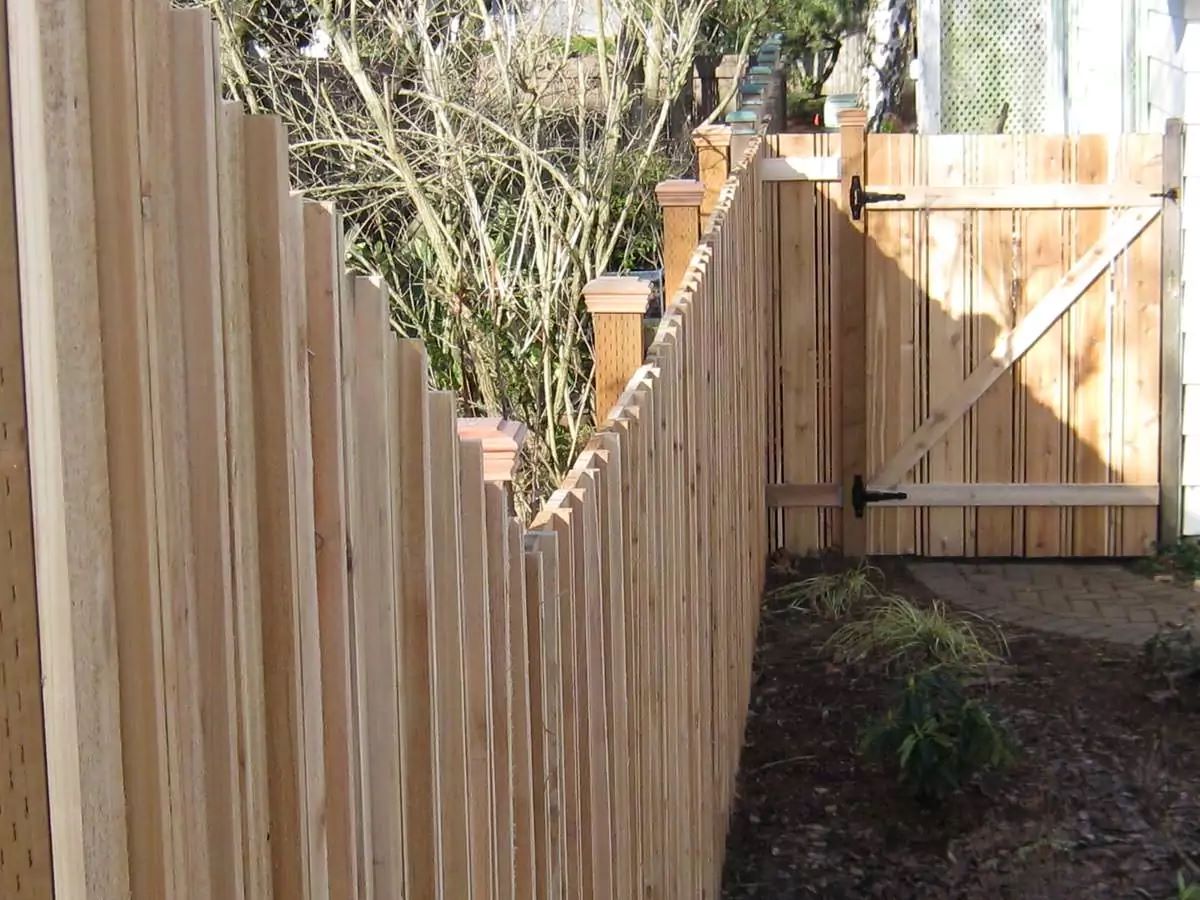


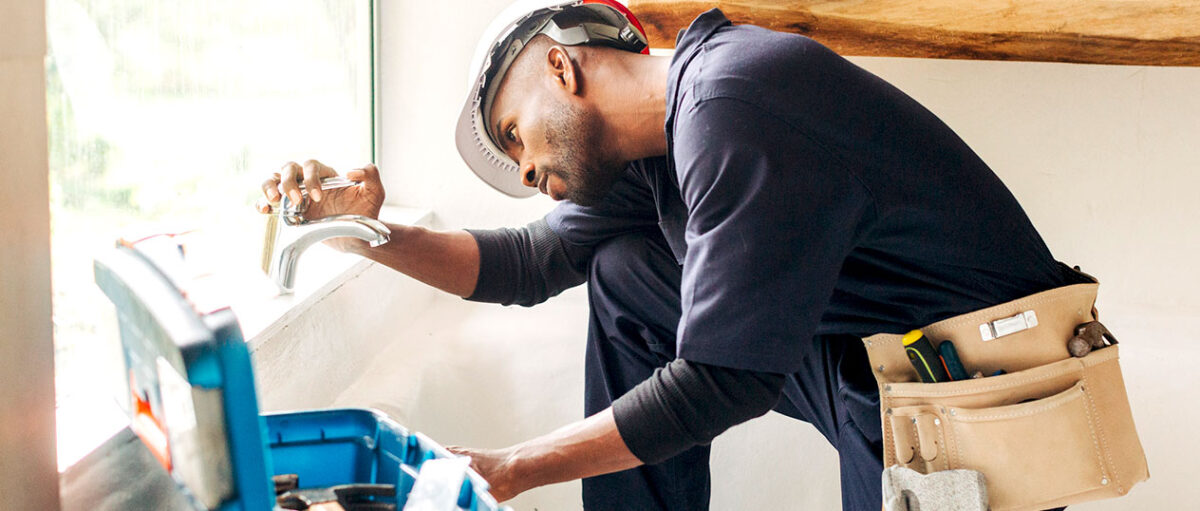

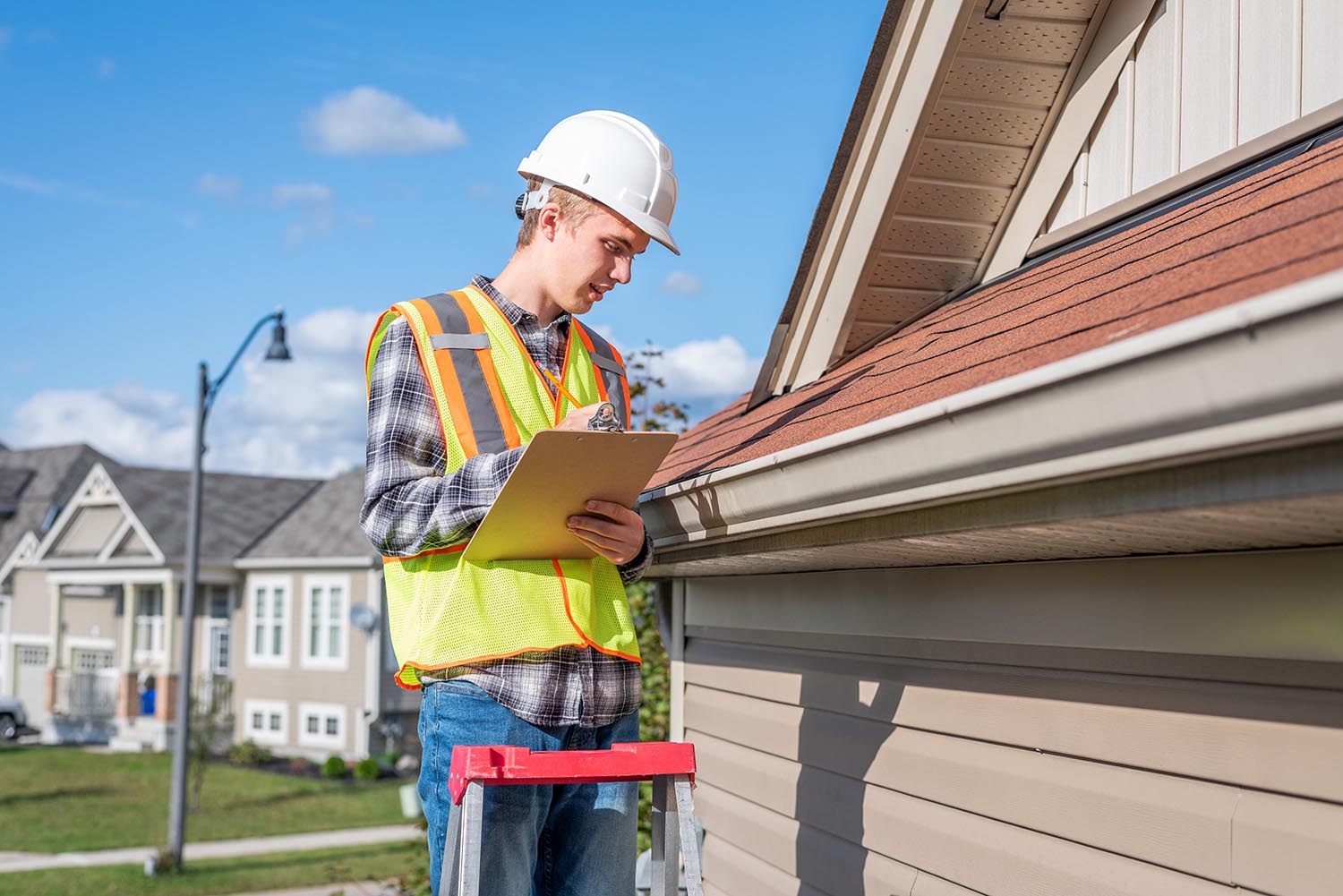
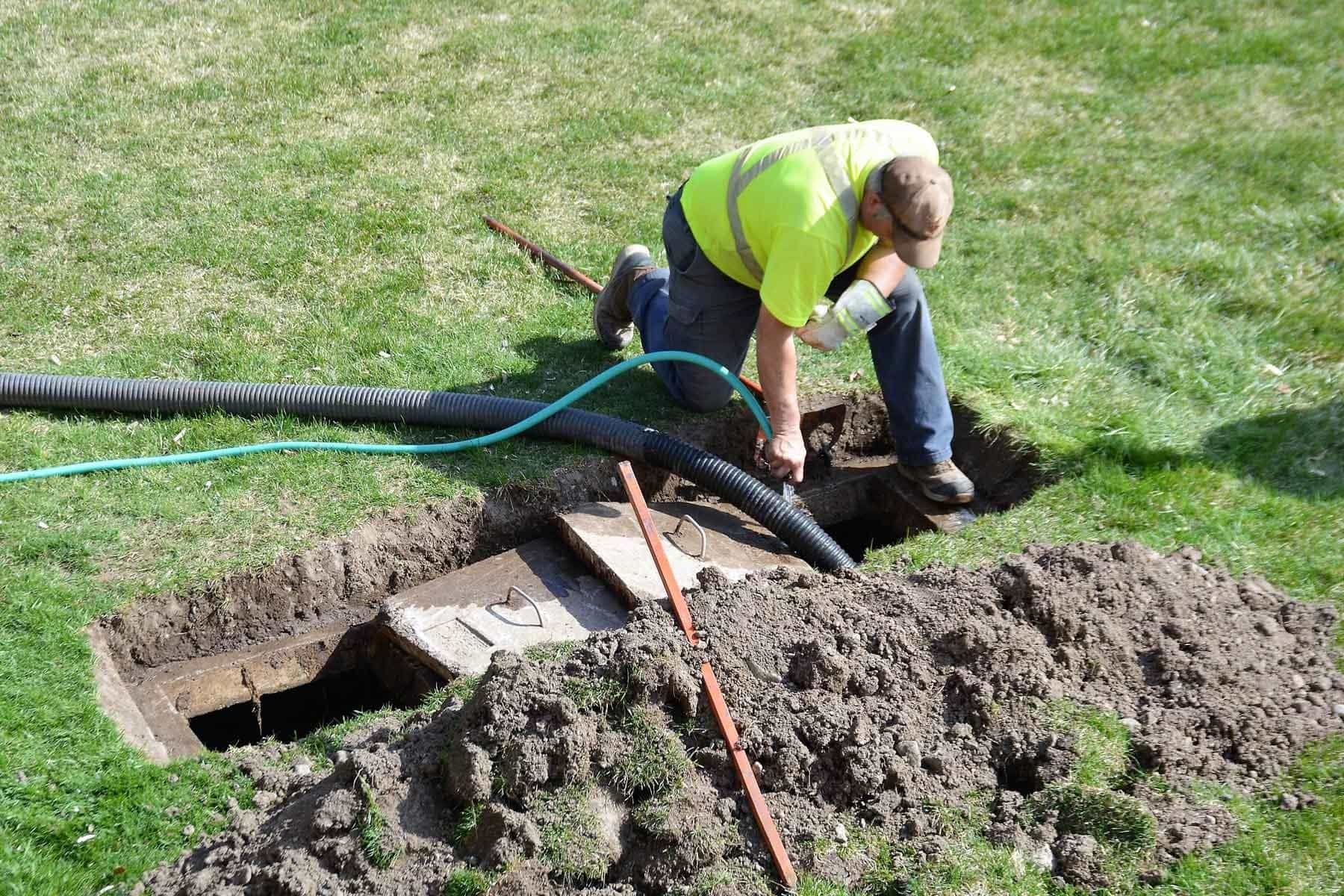
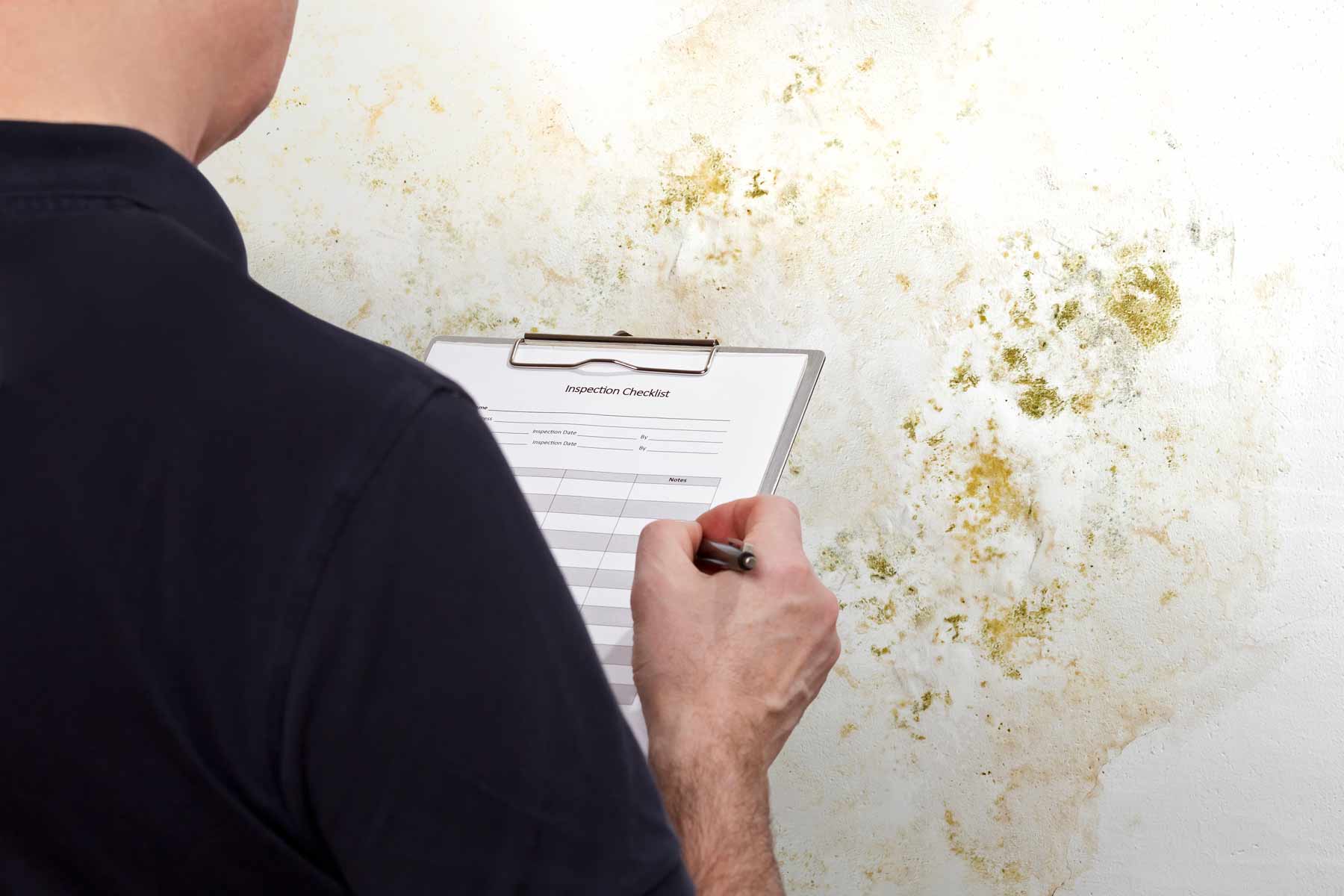

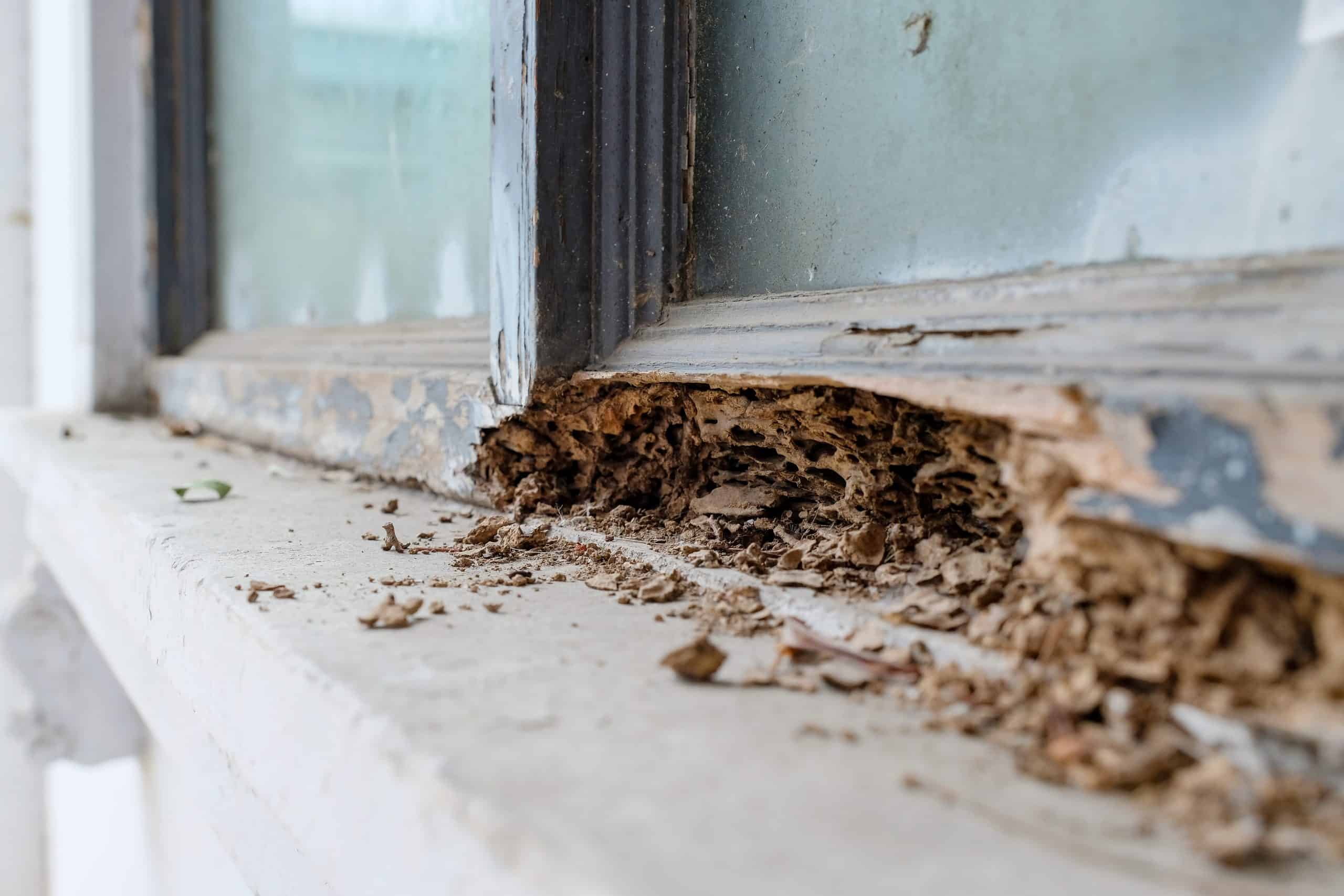

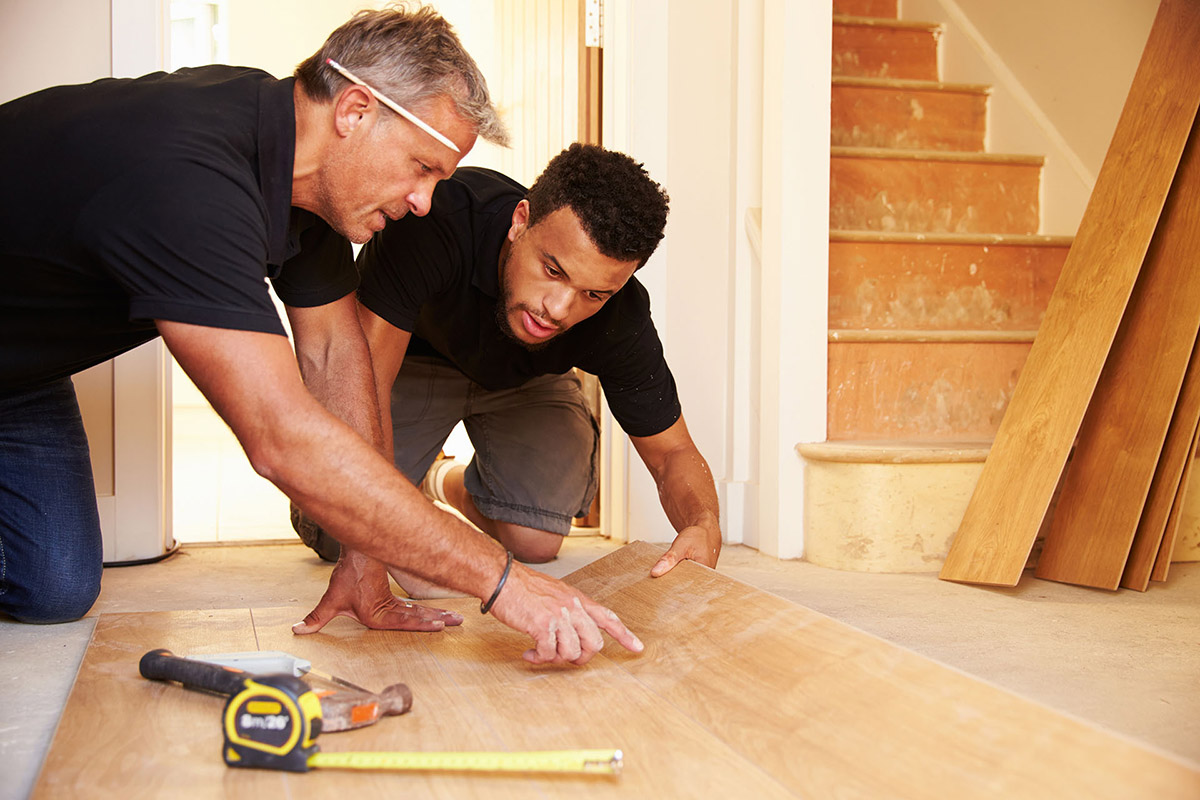



0 thoughts on “Who Pays For Repairs After Home Repairs”